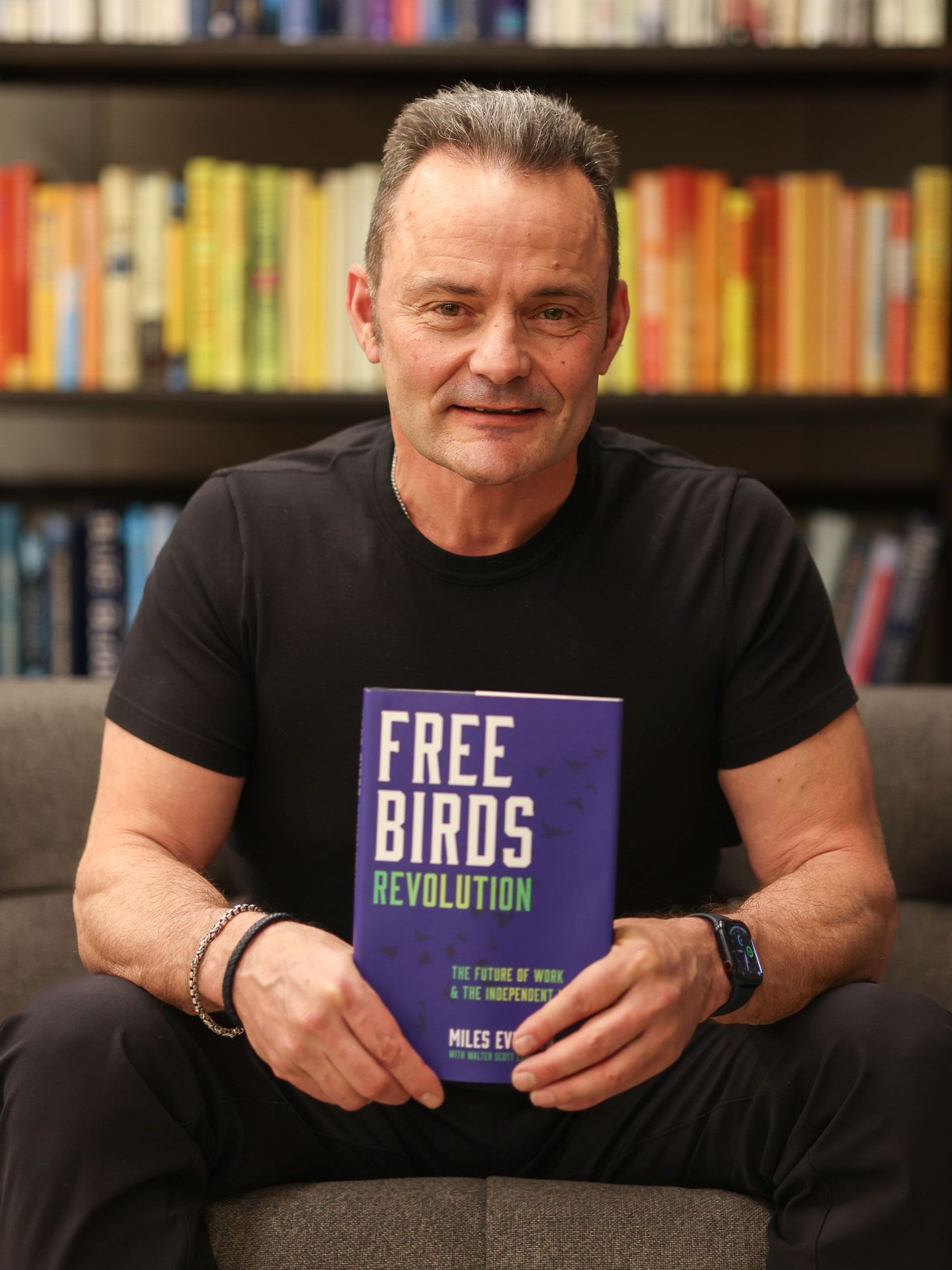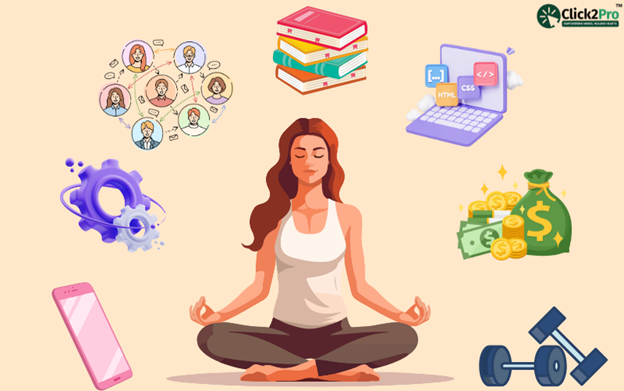This holiday season, let’s prioritize the things that matter the most with the help of this Danish “way of life!”
This week in particular, I am bringing you a health and well-being practice you can implement in your own life. As a huge proponent of health, I believe it is important to take time to focus on yourself and well-being. Allow me to share with you an ancient cultural tradition I began to incorporate in my own life. It’s amazing how adopting a certain culture’s “way of life” can have major effects on your mental, physical and emotional health. Aside from that, this method also broadens your worldview and appreciation for other cultures. Keep reading to know why I’ve adopted some Danish habits to improve major areas of my health and well-being. Here’s why you should consider adopting them as well, especially around the holidays.
|
||
|
This holiday season, let’s prioritize the things that matter the most with the help of this Danish “way of life!” I’m sure many of you are well aware of the global craze over the Danish concept “hygge” (pronounced “hoo-gah”). However, for those of you who are not familiar with the concept, which has now been defined in the Oxford dictionary as “a quality of coziness and comfortable conviviality that engenders a feeling of contentment or well-being,” I want to fill you in on its benefits for well being and mental health, especially during this season of holiday hustle. In general, most Danes say hygge is more than a simple word to be defined. Instead, hygge encapsulates rather, a feeling or an experience. For the Danish hygge has been a long practiced cultural norm. And unlike in America, where it’s simply seen to be more of a trend encapsulating card games called Hygge and even dinner parties which host a variety of Danish food, in Denmark hygge is a part of everyday life. The way to live with a hygge state of mind means being grateful and content with the present, taking time to slow down and truly appreciate the world around you, and of course meeting with close friends over good, homecooked, food and conversation. They continue this emphasis on less extravagance and deep appreciation by even bringing it into their home decor. Instead of buying the latest home fads, they limit their space to the basics, but add in touches of family life and meaningful objects. If you go to a home in Denmark, you’ll behold the creation of a warm, relaxing atmosphere. The goal: to feel whole even with less. When I first encountered hygge, it reminded me of Sisu, which is the Finnish method of achieving happiness. A cultural trait which I began to adopt more fervently in my life a year ago. Which is why Hygge caught my eye immediately when my daughter came home from teaching yoga to speak to us about it. Intrigued by her explanation of this new American fad, I decided to look a little more deeply into it and see if there were any takeaways from this Danish cultural concept that I could incorporate into my own sense of wellbeing. Today, I’d like to share with you my the top two most impactful takeaways from implementing Hygge into both my own wellbeing and the wellbeing of those around me:
And though there are many benefits you can reap by practicing Hygge, I hope you found these three takeaways useful for your own wellbeing. If you do incorporate any of these practices, be sure to let me know either by emailing me or commenting on any of my social feeds. But until next Friday, I hope you and your families remain healthy, happy, and excited for the holiday season among us. Hope you’ve found this week’s insights interesting and helpful. Follow us on LinkedIn. Stay tuned for next Friday! |

Miles Everson
CEO of MBO Partners and former Global Advisory and Consulting CEO at PwC, Everson has worked with many of the world's largest and most prominent organizations, specializing in executive management. He helps companies balance growth, reduce risk, maximize return, and excel in strategic business priorities.
He is a sought-after public speaker and contributor and has been a case study for success from Harvard Business School.
Everson is a Certified Public Accountant, a member of the American Institute of Certified Public Accountants and Minnesota Society of Certified Public Accountants. He graduated from St. Cloud State University with a B.S. in Accounting.



